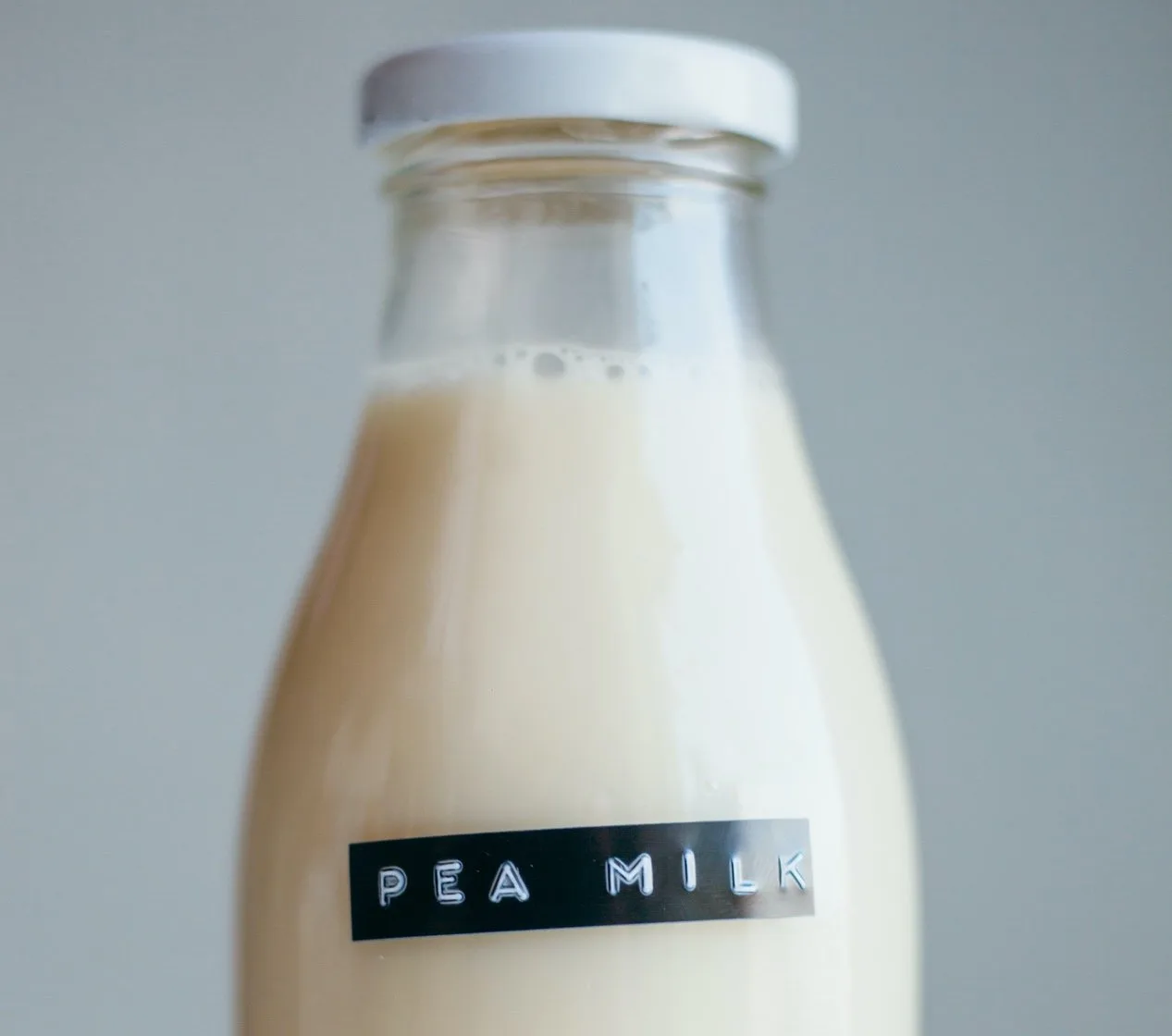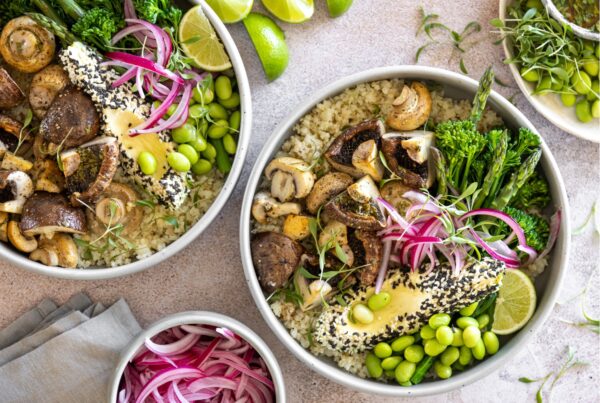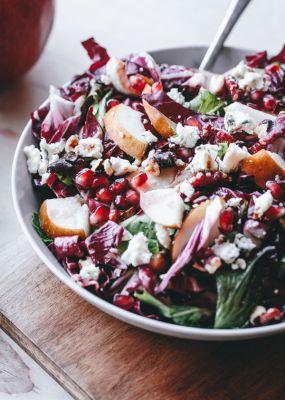Plant-based milk products have been the hype worldwide, but you know how it goes. Too much of anything hardly ever leads to the desired outcome. That’s why you don’t want to go too extreme by sticking to only one kind of plant-based milk. It’s probably wise to give your body a balanced mixture. For a long time, almond milk was deemed as an ideal alternative to cow’s milk and beneficial for your health. However, lately, we’ve been made aware of certain downsides to milking almonds and now plant-based milk has a new contender: Pea Milk.
According to environmental experts, almond milk is not so great for the bee population. Moreover, producing almond milk requires a ridiculous amount of water. Some people have also been misled, thinking that almond milk is the elixir to health. But in reality, it’s not that great. If you look at the nutritional content in almond milk, you will notice you’re not getting much protein nor much nutrition. Simply put, it’s merely a low-calorie plant-based option that might not be so great for the planet. If you’re only drinking almond milk, you may not be getting a bang for your buck. That’s why switching up your plant-based milk products is best.
There are also so many on the market, it gets a bit confusing as to which one is best. Stores usually stock plant-based milk options like rice, soy, hemp, coconut, and other assorted nut milk. This is why we’re introducing you to pea milk and all its benefits.
Plant-Based Pea Milk: What’s The Hype?
![plant-based pea protein milk benefits [longevity live]](https://longevitylive.com/wp-content/uploads/2020/06/bottle-container-cream-creamy-373882-213x320.jpg)
To be honest, the thought of drinking peas as a replacement for milk doesn’t sound too appealing. However, people are calling it the pea-protein drink, and before you skim past, just know that it tastes nothing like peas. Apparently, the plant-based milk doesn’t even have an icky green color because it’s made from yellow peas, not green peas.
More importantly, it’s less harmful to the environment. The peas aren’t soaked and pressed like almond milk. They are dried and milled into flour, which is then separated into various components. Manufacturers then blend this flour with water, sunflower oil, salt, and fortify it with vitamins. The liquid is a starchy, creamy off-white color and suitable for those who have soy and nut allergies, and even gluten intolerances.
There aren’t many brands on the market yet, but Ripple and Bolthouse Farms are two options for anyone looking to purchase pea protein milk. However, if with the right ingredients and tools you might want to consider making pea protein plant-based milk at home. It’s totally doable!
It’s From Sweden
Of course, it would be the invention of Sweden. Plant-based pea protein milk might not be a traditional Scandinavian beverage, but it’s made with the progressive intent and ecological conscience that Swedes are known for. Reportedly, the name Sproud comes from the words ‘so proud.’
The company should be proud of its sustainable creation since peas use less water to produce than dairy or almonds. Therefore this results in a lower carbon footprint. Sproud Pea Protein Milk is also shelf-stable for up to a year, so it can be transported and stored without the need for refrigeration. This means a significant reduction in energy usage and waste.
Is It A Healthy Plant-Based Milk Alternative?
According to nutritionists, pea protein milk is minimally processed and unsweetened. Therefore it is highly nutritious, you just need to watch out for certain brands because they’re not all created equally. Culinary and integrative dietitian Marisa Moore, MBA, RDN, L.D. says you need to double-check the ingredient list for added sugars and other ingredients.![plant-based pea protein milk benefits [longevity live]](https://longevitylive.com/wp-content/uploads/2020/06/bottles-in-refrigerator-3735169-213x320.jpg)
Generally, pea protein milk is pretty healthy because it’s usually fortified in vitamins A, D, calcium, and phosphate. Nutrition & Dietetics expert Julie Stefanski, MEd, RDN, tells us that these will show up at the end of the ingredient list, and are healthy additions to the product.
However, the USDA hasn’t created standard nutrition information for pea milk. As an example of the nutrition breakdown, here’s what you’ll find in one cup of Ripple unsweetened pea protein milk.
Pea Milk Nutrition Breakdown
There’s no doubt that this is a pretty healthy plant-based milk option. But you can see for yourselves below.
- Calories: 70
- Fat: 4.5 g
- Sodium: 110 mg
- Carbohydrates: <1 g
- Sugar: 0 g
- Fiber: <1 g
- Protein: 8 g
- Calcium: 465 mg
Is Pea Milk Better Than Dairy Or Other Plant-Based Milk Options?
Interestingly, experts explain that pea milk is higher in protein than most plant-based milk options. Oat, almond, and macadamia milk each have about 2 grams of protein, while pea milk has 8 grams. This protein level is comparable to that in dairy milk and may help boost satiety when used in smoothies and other recipes.![plant-based pea protein milk benefits [longevity live]](https://longevitylive.com/wp-content/uploads/2020/06/person-holding-bottles-with-milk-3735192-320x213.jpg)
However, we still have a way to go with plant-based milk options. Compared to cow’s milk, pea protein milk does come up short on one amino acid. But so long as you have a balanced diet, this is not a major problem. Moreover, no plant-based beverages are naturally high in calcium. That’s why most of them are fortified, which makes calcium levels similar across most plant-based and dairy milk.
Plant-Based Pea Protein Milk Benefits
One of the biggest issues with most kinds of milk is allergies. Luckily, pea protein milk is much more allergy-friendly. It’s an excellent option for anyone with a nut, soy, or dairy allergy.
Experts explain that it’s also uniquely high in iron, compared to other plant-based or dairy milk. Iron deficiency is the biggest nutrient deficiency in children, especially for teenage athletes and teenage girls.
So if you’re following a plant-based diet and think you may not be getting enough iron from red meat. So pea protein milk is a great addition to your diet. Why does this happen? Simply because iron found inside plants is not absorbed as easily as iron from animal sources. This is why it’s important to be getting iron from multiple food sources.
Make Your Own Pea Protein Milk
Preparing your own pea milk at home is probably the best thing you can do for your health. When you make plant-based milk yourself, it’s an easy way to avoid unwanted additives, like excess sugars. It also allows you to personalize the flavor based on preference.![plant-based pea protein milk benefits [longevity live]](https://longevitylive.com/wp-content/uploads/2020/06/close-up-of-milk-against-blue-background-248412-229x320.jpg)
We thought we would share this fantastic pea milk recipe by We Are So Vegan. The recipe was developed by Roxy Pope and Ben Pook, creators of the So Vegan blog and upcoming cookbook One-Pot Vegan. It uses dates, vanilla, and salt to enhance the flavor, but those ingredients are optional.
However, the addition of oil is not optional because it emulsifies the milk and prevents it from separating.
Ingredients
- 1 cup dry yellow split peas
- 2 tbsp. sunflower oil (or other vegetable oil)
- 1 tsp. vanilla extract
- pinch of salt
- 2 Medjool dates (pits removed)
Method
- Add the split peas to a bowl and cover with 3 cups of water, then soak for 8 hours or overnight.
- Drain, rinse the split peas. Add to a pot with 3 cups of water. Boil, then simmer until the lentils are soft (about 45 minutes to an hour).
- Drain, then add to blender with 3.5 cups of water, oil, vanilla, salt, and dates. Blend until smooth.
- Pour into a nut milk bag or muslin cloth, then squeeze the milk out into a bowl. Transfer liquid to an airtight container and refrigerate for up to four days.
What Is Pea Protein Milk Good For?
You will love the rich and creamy texture of this plant-based milk option. Pea protein milk is great for baking projects and desserts. However, it’s quite mild in taste and similar to other plant-based beverages.
Unflavored pea protein milk can be used in mashed potatoes, vegan macaroni, and cheese, soups, smoothies, oatmeal, or anything that calls for milk.
If you’re not so keen on the taste then ease into it with half pea protein milk and half of another plant-based milk. But you probably won’t mind the taste if you’re already drinking plant-based milk.
Bottom Line
This is certainly a healthy option as it is naturally high in nutrients, including protein, fiber, and iron. Especially if you are allergic to soy, dairy, or nuts and following a plant-based diet. While market options may be more costly than other plant-based milk, they can be made at home. Just remember, homemade pea protein milk will lack calcium and other fortified nutrients.
Want to know more?
Nutrition might feel a bit like a slippery slope this year, particularly after this tsunami we call 2020. Whilst circumstances probably don’t feel the happiest right now. You can feel better by eating these easy and happiness-boosting depression meals.
References
Meet the 2 new contenders on the plant milk block: pea and oat milk. Food 24. https://www.food24.com/meet-the-2-new-contenders-on-the-plant-milk-block-pea-and-oat-milk/
Sproud Pea Protein Milk is Straight out of Sweden. Go Dairy Free. https://www.godairyfree.org/product-reviews/sproud-pea-protein-milk-reviews
Is Pea Protein Milk Healthy? Benefits, Nutrition & A Recipe. MBGGreen. https://www.mindbodygreen.com/articles/pea-protein-milk



![women [longevity live]](https://longevitylive.com/wp-content/uploads/2020/01/photo-of-women-walking-down-the-street-1116984-100x100.jpg)










